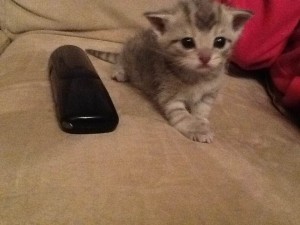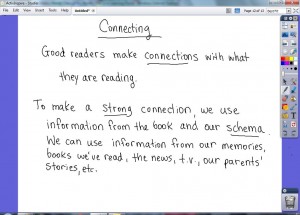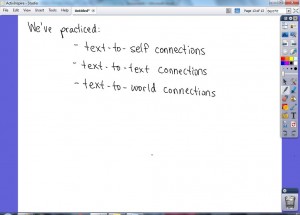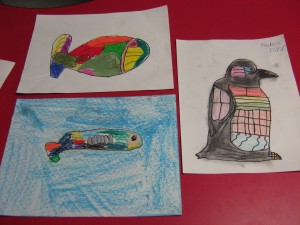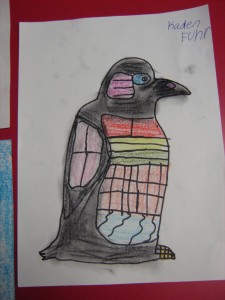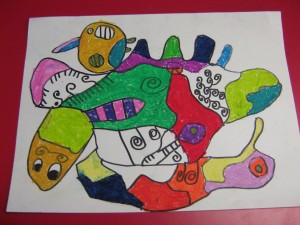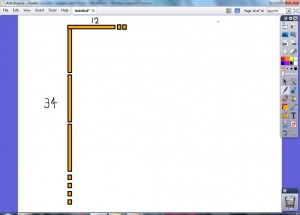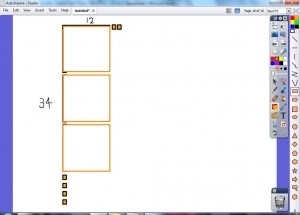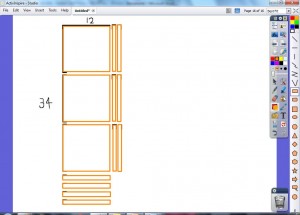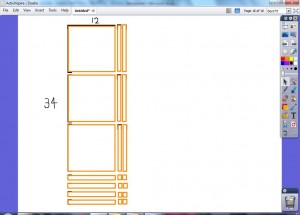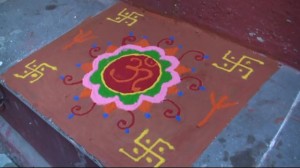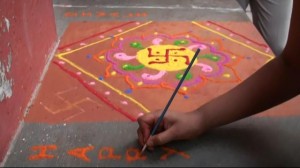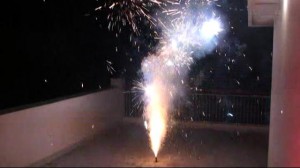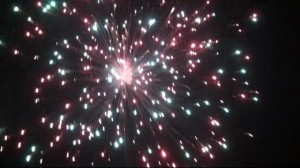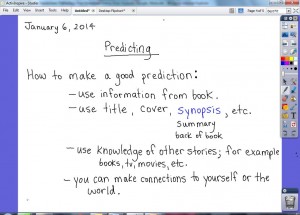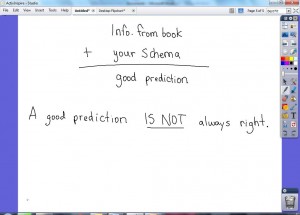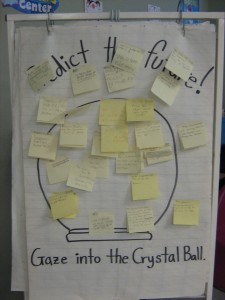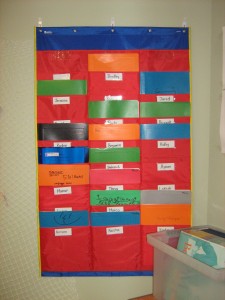Good evening!
Today we focused on Math. Students have been working really hard at practicing our various mental Math strategies over the course of the unit. Today we needed to take some time to specifically review some of our strategies for 2-digit by 2-digit multiplication. In particular, we focused on the expanded form strategy that students have been using. Check out the example below:
Eg. 23 x 36
Step 1: Expand It!
(20 + 3) x (30 + 6)
Step 2: Multiply Across
(20 x 30) + (20 x 6) + (3 x 30) + (3 x 6)
Step 3: Solve It
600 + 120 + 90 + 18
Step 4: Add it all together to solve!
23 x 36 = 600 + 120 + 90 + 18
23 x 36 = 828
You can start to see from some of the material over the last few weeks, how important it is to be practicing your multiplication times tables at home. We have small quizzes in class to help motivate us, but students should know their multiplication and division facts from 0-81 consistently. One way that we practice in class is by playing games. I’ve included some of our center games at home that you are more than welcome to play at home to help with review!
Multiplication (2, 5, 10, doubles)
Our next quiz will be focusing on the 3x and 4x tables. Keep practicing everyone!
Today I sent home Science Fair logbooks that students are to use while conducting their experiments. The logbooks contain the steps to follow the scientific method, rules, and specific forms that are needed to be filled out depending on the topic of the Science Fair project. Please read through the logbook with your student.
Our classroom Science Fair will take place on March 3rd and our school-wide Science Fair will be March 6th. Students are assessed on their Science Fair projects, so please review the rubric located in the Science Fair logbook.
Students have the choice to complete their projects on their own or with a partner. If working with a partner, please ensure that the students are able to meet outside of school time.
For further information and tips on the Regional Science Fair please see http://www.wbrsf.ca. Click on the parent and student tabs and follow the link, which includes Science Fair ideas.
Agenda:
Read 20 minutes
Reading Journal (tomorrow)
Multiplication Quiz – tomorrow (3x and 4x)
Spelling: Word Practice
Health: FRIENDS Pg. 64, 66
Ski Day: Feb. 6th
Science Board Orders – tomorrow ($3.61/board)
WiM Poems – January 29th
Book Orders – January 29th


